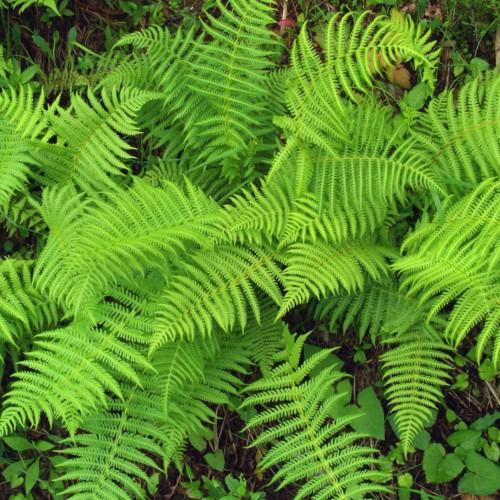
wood fern
Dryopteris remota
Cycle:
Perennial
Watering:
Average
Hardiness Zone:
4 - 8
Flowers:
Flowers
Sun:
Part shade,full shade
Leaf:
Yes
Growth Rate:
Low
Maintenance:
Low
Care Level:
Medium
watering
Wood ferns should be kept moist but not oversaturated. Water the plants by allowing them to soak up the moisture from the soil as to avoid waterlogging, making sure not to allow the soil to become completely dry. They can tolerate regular watering, but don't require it to thrive. To water, thoroughly drench the soil until water runs out of the base of the pot, allowing about a quarter-inch of water to come out. To determine when to water, stick your finger into the soil and feel around. If it feels dry and crumbly, it is time to give them some water. As a general rule of thumb, wood ferns should be watered about once a week in the summer and every other week during fall and winter.
sunlight
Wood fern (Dryopteris remota) prefers partial to full shade and partial to full sunlight. It prefers bright, indirect light for most of the day. In general, it needs at least 4 hours of indirect sunlight every day to help keep it healthy and growing. Too little sunlight can lead to stunted growth. It is best to give this plant species the maximum sunlight exposure it can handle, especially during the summer months when more direct sunlight is available. In cooler months, however, it may be wise to reduce its exposure slightly to prevent it from drying out or burning. Avoid placing this species in full sun during the height of summer, as this can cause it to dry out and burn. Pay attention to the morning and afternoon changes of sunlight, as well, to make sure the intensity of the light is not too harsh.
pruning
Wood fern (Dryopteris remota) is a low-maintenance plant that rarely requires pruning. However, to promote healthy growth and shape, it is a good idea to prune it when new fronds appear each spring. This is known as "deadheading" and involves removing dead or damaged fronds, as well as fronds that are excessively long. Cutting back these fronds with sharp, sanitized shears will help the plant remain tidy and attractive throughout the season. Additionally, if the plant gets too large for its location, it can be pruned back after the new fronds have fully extended. To do this, use clean shears to cut off the tops of the older fronds and then reduce the overall size by cutting the stem and root systems back to the ground level. Prune as much as is necessary to keep the wood fern’s size and shape in check.
